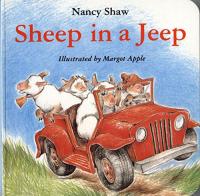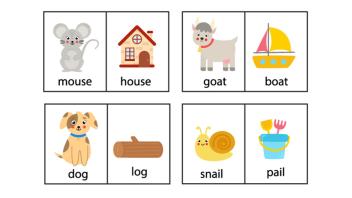Key Information
Focus
Appropriate Group Size
Why teach about rhyming?
Developing a child’s phonological awareness is an important part of developing a reader. Young children’s ability to identify rhyme units is an important component of phonological awareness. Research shows that students benefit from direct instruction on rhyme recognition paired with fun activities that target this skill.
Recognizing rhymes (small group)
At Eisenhower Elementary in Enid, Oklahoma, teacher Ashley Powell uses “cat” and “fish” to help students practice recognizing rhyming words. (From our sister project, Reading Universe )
What rhymes with this picture? (whole class)
Students decide if their objects rhyme with a picture, and then compare written rhyming words. (Balanced Literacy Diet: Putting Research into Practice in the Classroom)
Collect resources
Rhyme book
Students can draw pictures of objects that rhyme or cut out rhyming pictures found in magazines and place them in their books.
Rhyming activities
This printable includes objectives, directions, and materials for nine different rhyming activities developed by the Florida Center for Reading Research. Rhyming activities ›
Rhyming words: body parts game
Learn how to play this simple rhyming game, where kids think of words that rhyme with different body parts such as head or eye.
Space-themed rhymes
This file folder game helps students match rhyming words. Teachers can download and print the game, including all materials and instructions. Space-themed rhyming game ›
Word family chart
This Reading Rockets article describes several ideas for rhyme games and classroom activities. One example provided is how to create a word family chart from various rhyming words. Teachers can use rhyming words from a story or nursery rhyme to pull words for the chart. How Now Brown Cow: Phoneme Awareness Activities ›
Teaching rhyming
Learn more about teaching rhyming in this skill explainer from our sister site, Reading Universe. You’ll find classroom videos, lesson plans, student practice activities, and more.
Differentiate instruction
For second language learners, students of varying reading skill, and younger learners
- Use pictures instead of words in activities for younger and lower level readers
- Include oral rhyming activities.
- Include a writing activity for more advance learners.
- Use blank diagrams for more advance learners to complete (see example here ).
See the research that supports this strategy
Bradley, L., & Bryant, P. (1985). Rhyme and reason in reading and spelling. Ann Arbor, MI: University of Michigan Press.
Bryant, P., MacLean, M., & Bradley, L. (1990). Rhyme, language, and children’s reading. Applied Psycholinguistics, 11, 237-252.
Moats, L. & Tolman, C. (2008). The Development of Phonological Skills.
Snow, C., Burns, M., & Griffin, P. (Eds.). (1998). Preventing reading difficulties in young children. Washington, DC: National Academy Press.
Children’s books to use with this strategy
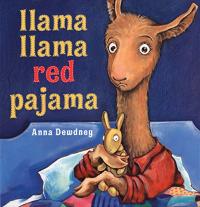
Llama Llama Red Pajama
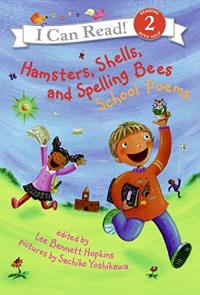
Hamsters, Shells, and Spelling Bees: School Poems

I Can’t Said the Ant
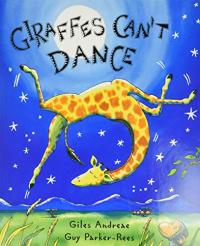
Giraffes Can’t Dance
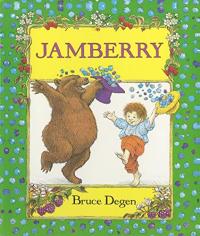
Jamberry
